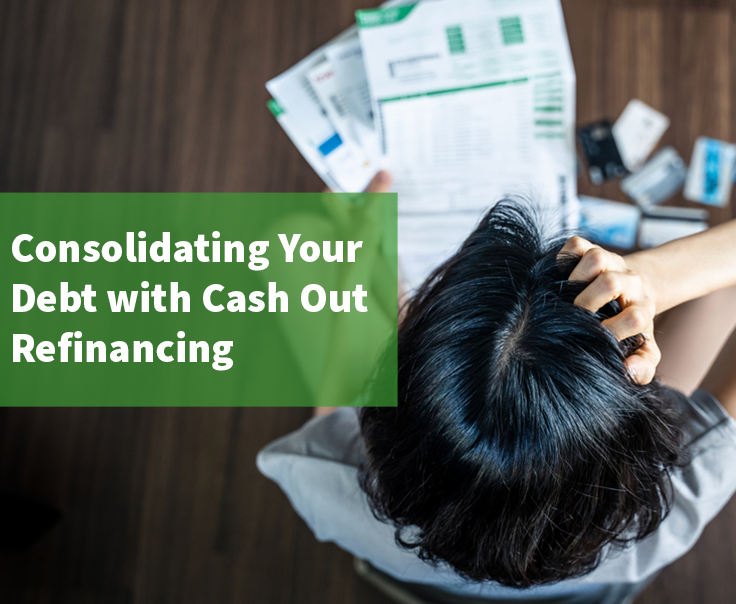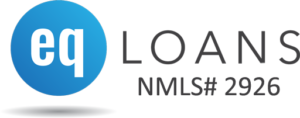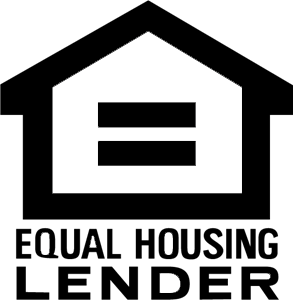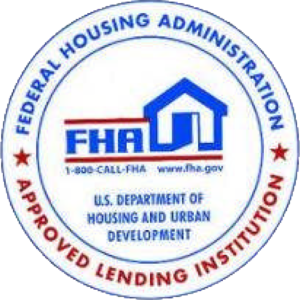If you find yourself with more debt now than you had in the past, don’t worry, you’re not alone.
According to the latest report by the New York Federal Reserve, in the fourth quarter of 2020 household debt increased by $206B (1.4%) to $14.56 trillion. This is 2.8% higher than the year prior. One of the drivers was the increase in mortgage debt driven by $1.2 trillion dollars in new mortgage debt, including refinances. Auto and student loan balances increased by $14 billion and $9 billion respectively.

High levels of debt can become overwhelming if you don’t put together a plan to deal with it. Additionally, having debt coming at you from multiple sources can add complexity and make managing your finances much harder.
The goal with all debt is to pay the lowest interest rate possible, and this should still be the goal when looking at your overall debt. Interest rates can vary for all types of debt, often depending on your perceived creditworthiness, the term of the loan, and other factors.
Below are some of the recent average rates for different types of loans.

The lowest interest rates are on mortgages because your house is used as collateral to secure the loan. To put it simply, the more security the lender has, the lower your interest rate.
Your house isn’t going anywhere, often it appreciates and there is usually enough value to cover any outstanding loan. An auto loan is collateralized by the automobile it is used to purchase. Unlike a house, autos tend to depreciate and can be moved anywhere. This makes the lender’s position a little riskier, thus a higher interest rate.
Student debt comes as secured and non-secured and has both public and private lenders. While the federal loans might not technically be secured, should a default occur the government has the right to withhold tax refunds and social security benefits. This helps assure they will get paid and lowers risk levels, thus a lower interest rate.
Personal loans come in all types, both secured and unsecured. The smaller the loan, the more likely it is to be unsecured. There are varying levels of risk, thus the higher interest rate than the other loan programs mentioned. The one with the highest interest rate is the credit card loans, which are completely unsecured and without as much recourse as other types of loans.
One way to lessen your debt burden is to move your debt down the list shown above, trading high-interest debt for lower interest debt. For example, you would want to move any sum owed for credit cards into the mortgage row and save yourself about 15% per year. There is a way to do that.
The Benefits of Cash-Out Refinancing
Cash-Out Refinancing allows you to refinance your current mortgage and borrow against the equity in your home.
You will receive money at closing that you will use to pay off your other bills. This is called a debt consolidation loan. This tactic allows you to leverage your home to get lower interest rate debt to pay off the higher interest rate debt.
Aside from the lower interest rate, there are other benefits of doing a debt consolidation loan:
- You will have fewer bills to worry about and manage. Conceivably, you could consolidate all these loans into just one mortgage payment every month
- You might be able to extend the length of time required to pay the loan. Most mortgages are 30 years in length. All the other forms of debt have a much shorter payback period. By extending the payback period you can reduce the monthly out-of-pocket cost.
Don’t Miss the Best Time to Consolidate Debt
consolidating-your-debt-with-cash-out-refinancing
There has never been a better time to consolidate debt.
According to the Mortgage Bankers Association, mortgage refinances are at their highest level since 2003. In 2020, there were $2.6 trillion dollars in inflation-adjusted refinance originations, more than double the prior year. This high level is driven by today’s near-historic low-interest-rate environment and borrowers’ desire to trade in high-interest rate debt for lower interest rate debt.
One of the best ways to see how much you might be able to save using a cash-out refinancing debt consolidation strategy is to talk to a mortgage lender. They can help you create a strategy and work through the numbers.




